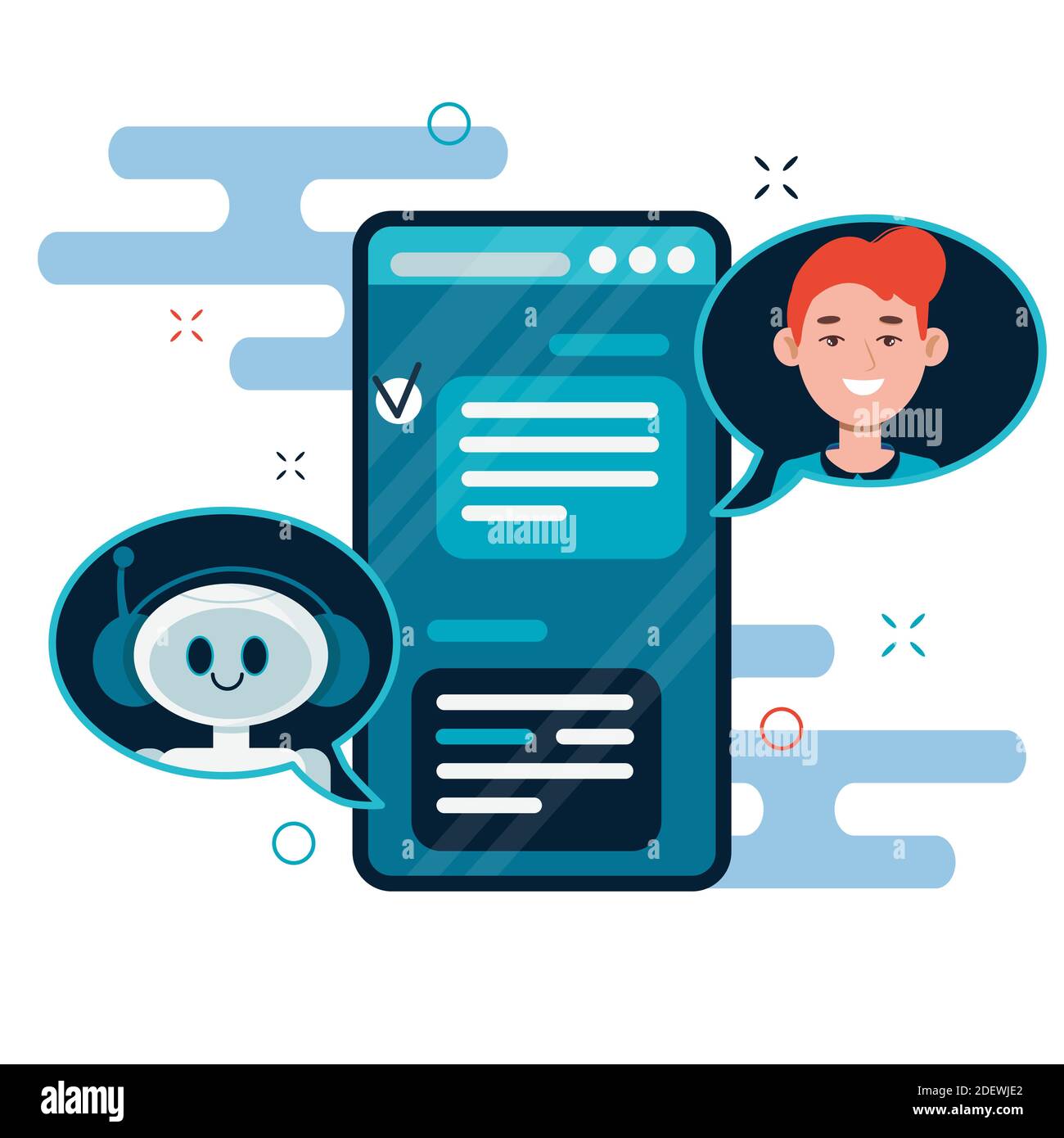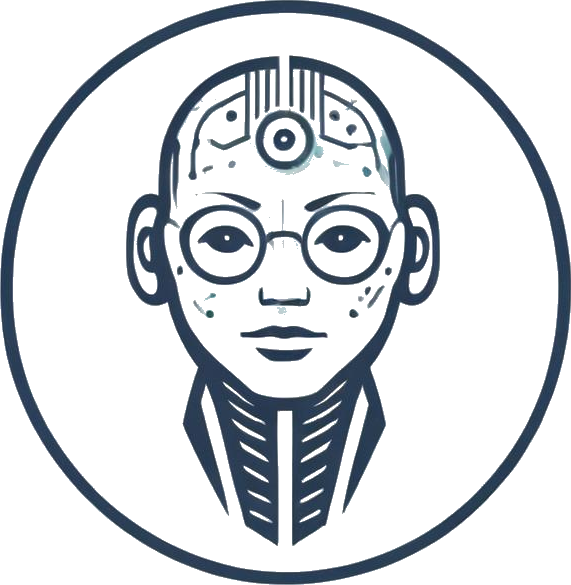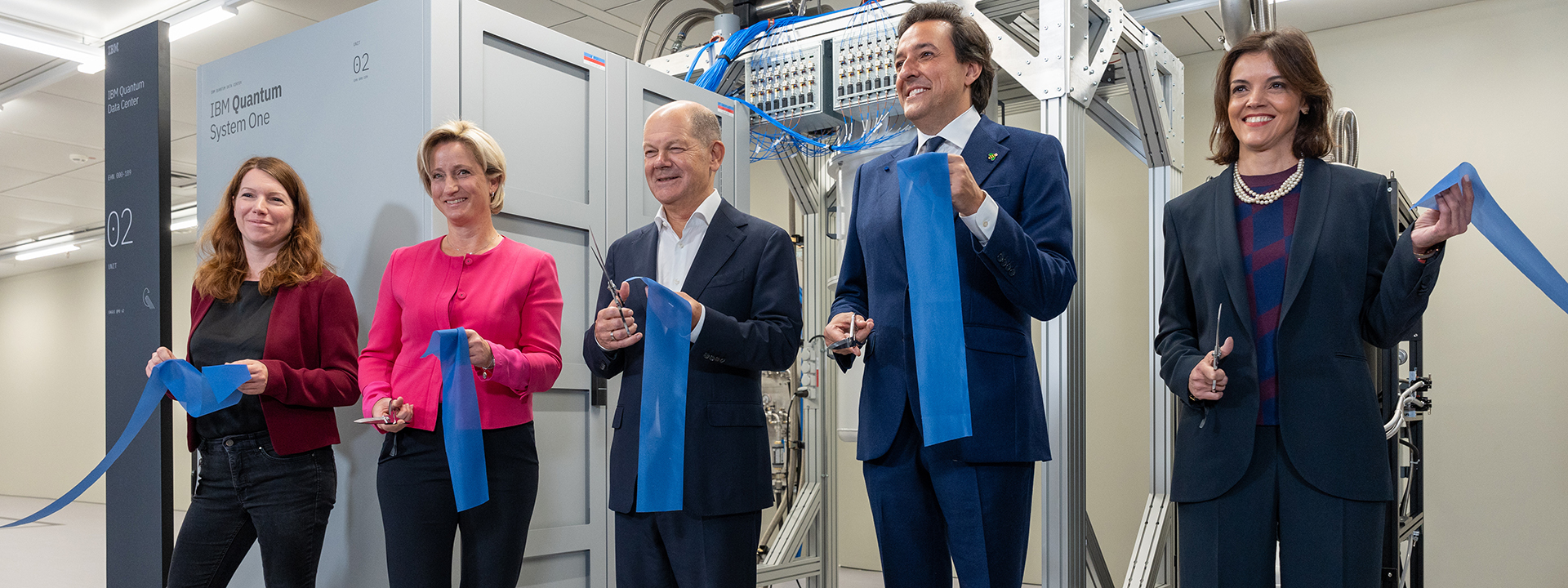
Weekly Roundup: Innovations and Challenges in AI
The landscape of artificial intelligence (AI) continues to evolve at an unprecedented pace. This week, we explore significant developments in the AI sector, focusing on research paradigms, the evolving role of chatbots, and India’s position in the global AI race.
India’s Challenge in AI R&D
AI research and development in India faces challenges ahead.
In a candid assessment, experts are urging India to invest in foundational AI research or risk falling behind. The recent advancements in AI from China, where models boast efficiency and cost-effectiveness, shed light on India’s lag in fostering innovation. The obstacles stem from a significant overreliance on adapting existing models rather than creating original ones. India has the talent, yet its focus on incremental adaptations instead of pioneering research leaves much to be desired.
The call to action is clear: if India does not pivot towards foundational research, it may find itself at a severe disadvantage in critical high-innovation fields, including AI. As the global race heats up, the need for India to invest in unknown frontiers becomes increasingly pressing. The future in AI and other tech arenas hinges on visionary investments now.
The Shift in Chatbot Response Dynamics
 Exploring the evolution of chatbots in AI.
Exploring the evolution of chatbots in AI.
In a related development, machine learning researchers are turning their attention to improving the responsiveness of AI systems by introducing a method called “test-time compute.” This approach involves allowing chatbots more time—effectively “thinking”—before delivering their responses. Major tech firms like OpenAI and Google have recognized that the key to enhancing response accuracy lies in strategic pauses for computation.
This method, also referred to as “inference scaling,” allows models to perform better in areas requiring quantitative analysis such as coding and mathematics. OpenAI’s recently unveiled model has demonstrated marked improvements in accuracy, raising the bar for chatbot interactions. However, the trade-off comes in the form of longer waits for users, which may affect engagement levels during less complex tasks.
The Path Ahead
The challenges in both India’s AI ambitions and the evolution of chatbots underscore a broader narrative: adapting to a fast-changing technological landscape. Efforts must be multidimensional—not only improving existing technologies but also fostering unique innovations that stand apart on the global stage.
As we look ahead, embracing foundational research could be the catalytic strategy the industry needs. Transformative breakthroughs often arise from courageous exploration in uncertain territories. The promise of AI, much like its implications, lies in the commitment to innovate boldly.
India has a crucial role in shaping the future of AI, and the time to act is now.
For further insights on the latest trends in AI and technology, check out our Business News and Latest News.















